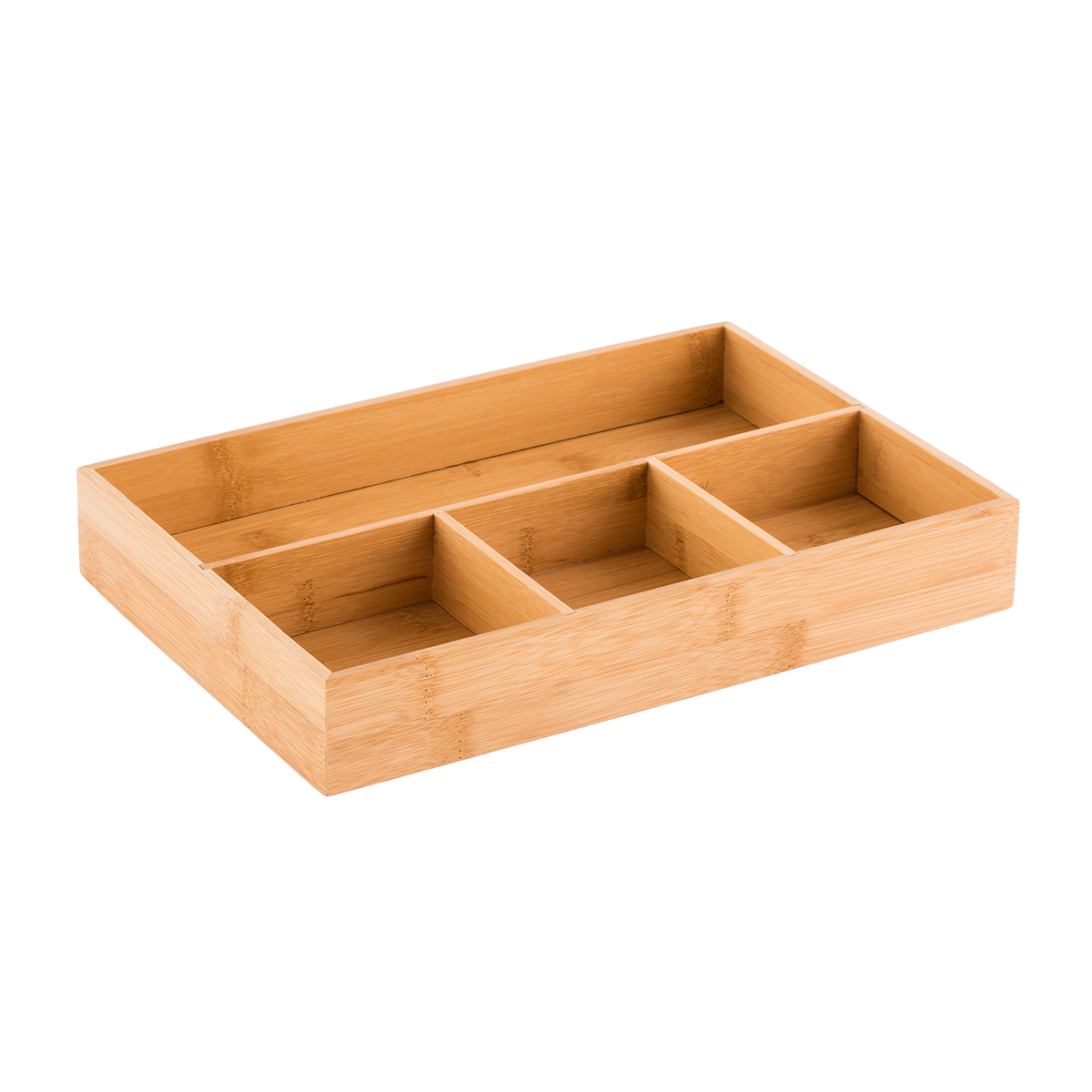Keep it simple, keep it child-centered
There are plenty of Instagram accounts and websites devoted to organizing children’s rooms and playrooms, and most aesthetics are stunning. But are they realistic?
Often I am entranced by the beauty of so many people’s homes, including their children’s bedrooms and playrooms. Many playrooms feature beautifully stained wooden everything — shelves, toys, tables, mini kitchens, utensils, bowls and cups. Gorgeous. And I try to purchase wooden toys and things when I can. But have you ever had your child throw a wooden block straight into your forehead? My son did once, and I looked like Marv from Home Alone for days. And sure, the neutral colors and everything-is-matching aesthetic is gorgeous, enviable even. But again, is it realistic? And most importantly: do the children like it?

Mama might like how beautiful a playroom looks when every single item matches in wood stain and trendy color palettes, but do her kids? Children are drawn to primary colors. The brighter, the better. And they’re not naturally inclined to like the Midcentury Modern look either. Sorry. It just bothers me when a home is so perfectly matched and beautiful, because then I think that it’s all about the parent (the mother), instead of the child.
Now, I don’t want my children to dominate my house or style. But their bedrooms and playrooms and even certain bins in the house are theirs. They don’t have to be stunning to look at. And Thomas the Train certainly ain’t no looker. But I shouldn’t want to control every single item they own. I’m an aspiring minimalist (I mean, I have 1million items but I try not to have a house full of clutter, you know?). But having children means having stuff, and stuff you don’t particularly like to look at.
So, the goal is to organize their playroom and toys in a way that makes sense for them — that helps them find their toys, and clean up their toys. It does not have to be perfect. The goal of organizing is not to have a perfect house or a perfect life — it’s to make your life easier by taking less time to find, clean, and put things away.

Shelves, Shelves, Shelves
Shelves that are sturdy (so they don’t topple over on the child) and the child’s height are key. They should be able to reach every item they want.

Group Like With Like
Musical instruments on one shelf
Balls and ball-like games on another
Building materials like blocks and magnatiles
Babies
Puzzles
Pull toys

I like to put favorite books or books relating to the current season or holiday on the top of the shelf to easily view and grab to read, like a library does!

Use Bins and Baskets
Again, things don’t have to be perfect. I don’t live on an unlimited budget, so I can’t go to the store and buy 300 matching wicker baskets. I find baskets, bins and other storage containers and use what I have. They don’t all match, and they’re not all pretty. But they wrangle the clutter. Life is not perfect and I’m not a millionaire. So whatever! At least it’s organized and easily accessible to my children! That’s the goal here, people. NOT PERFECT.

Stations for Different Activities
We have a reading nook, complete with a little rug, pillows, blankets, and a book shelf.
We have a kitchen area.

We have a dress-up area with hooks for hanging costumes and a tiny dresser for storing necklaces and accessories.
We have shelves for toys.
Create little stations throughout your playroom for different activities, which will keep things organized.



1) Create Stations
2) Group Like with Like
3) Use Bins and Baskets
4) Don’t seek Perfect or Trendy
Keep it simple. Keep it fun. Keep it child-centered.
As your kids get older you can use labels, or create job charts to help them clean and tidy (more on that in a future post).
The goal is to reduce clutter and maximize efficiency so we can have more fun!

With rugrats running around your house, how do you keep everything in order? Can you teach toddlers to put their toys away? How do you label items…





